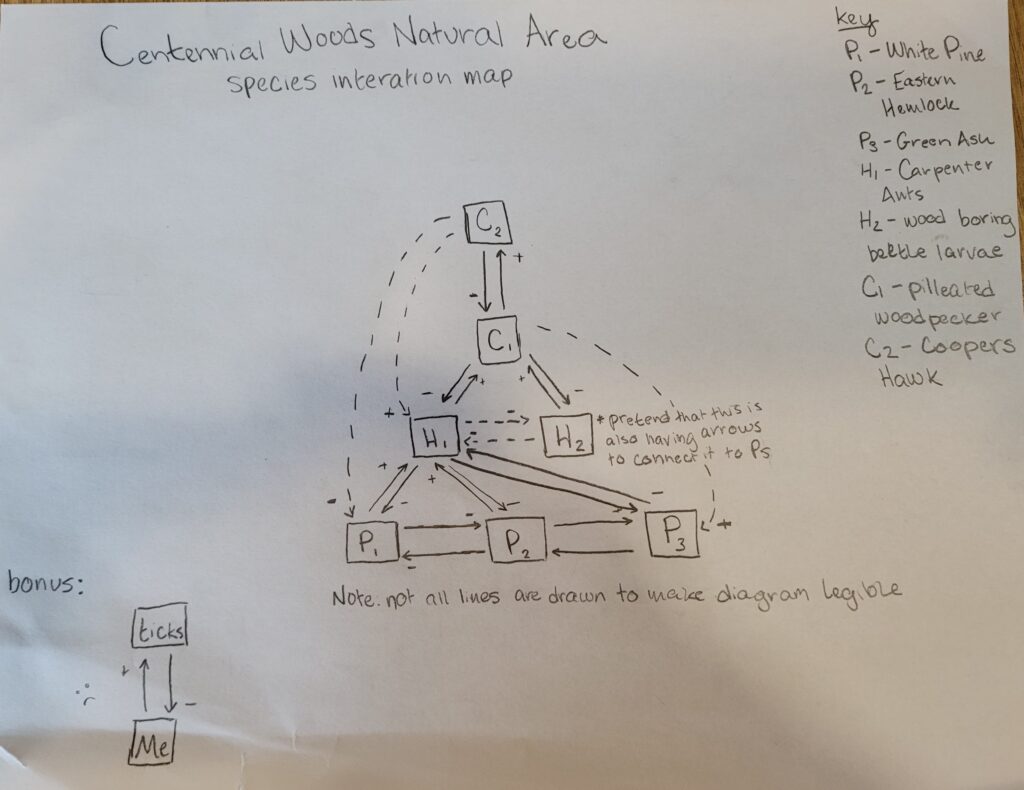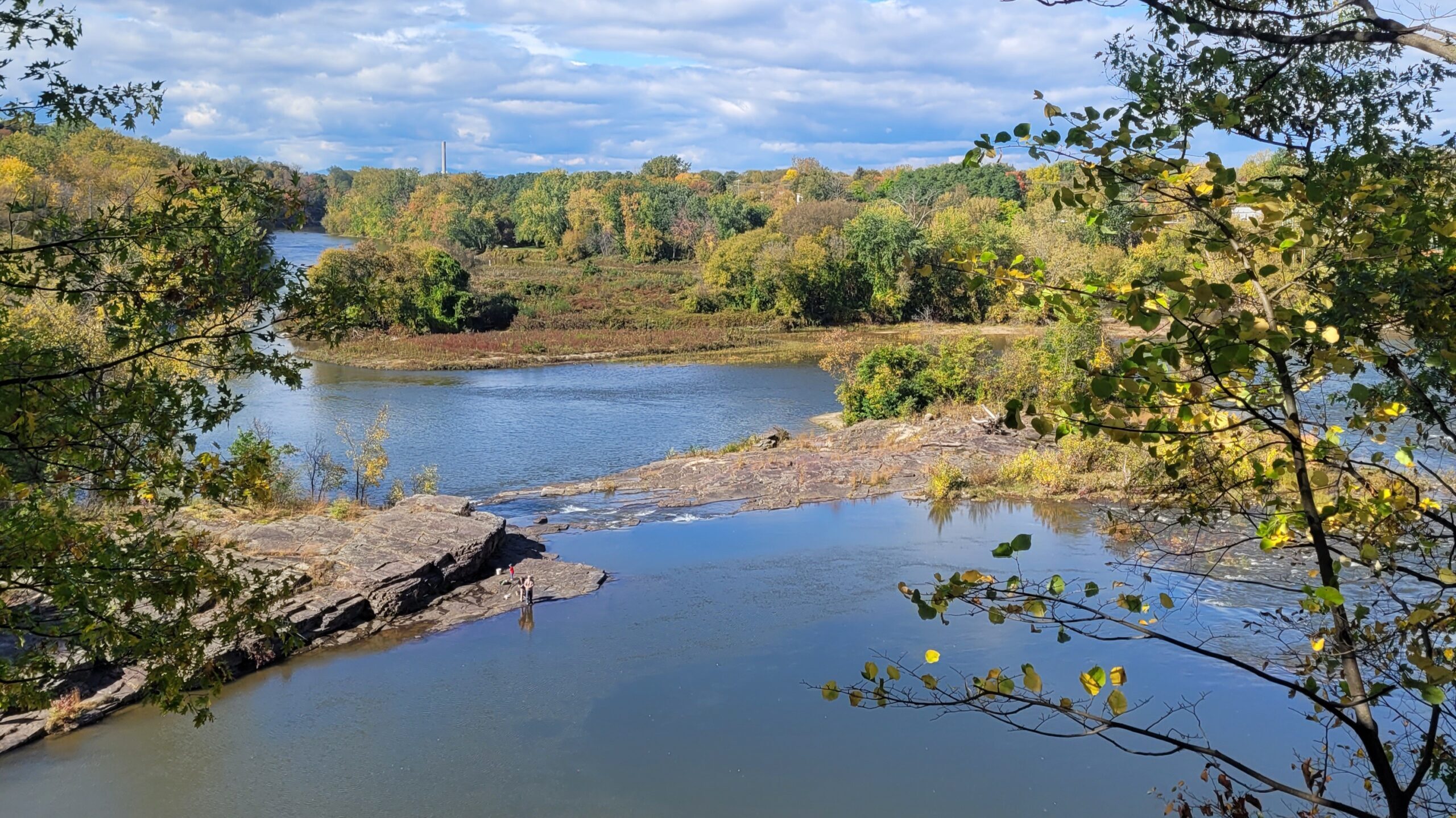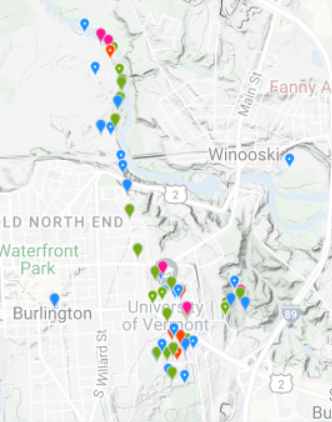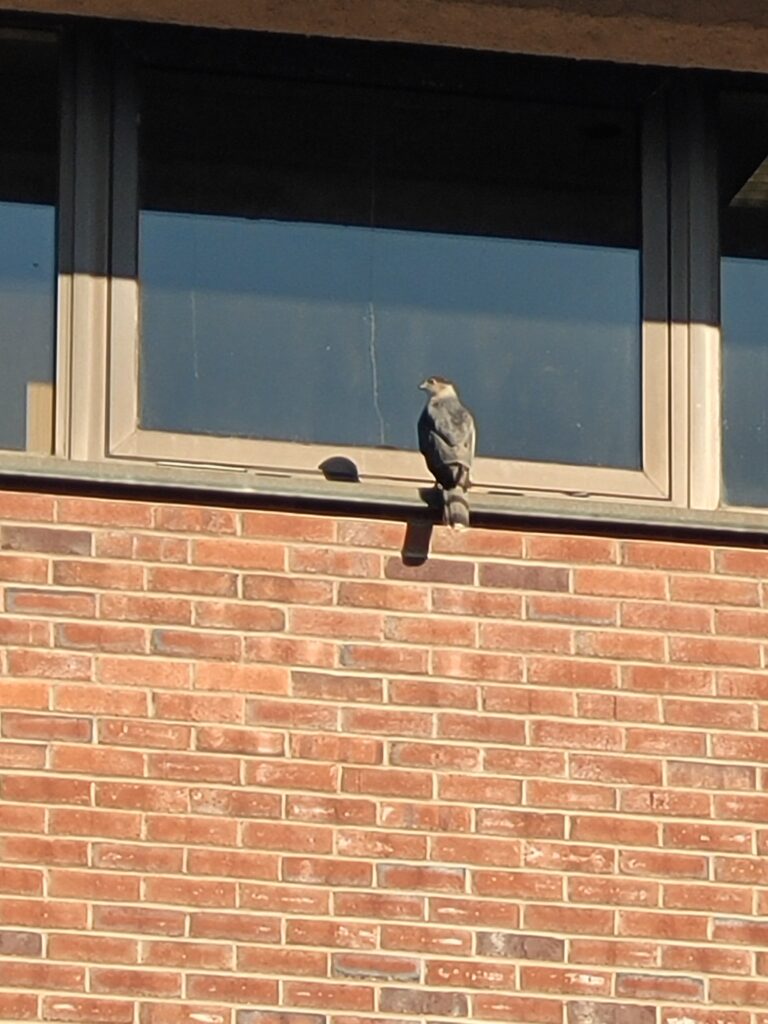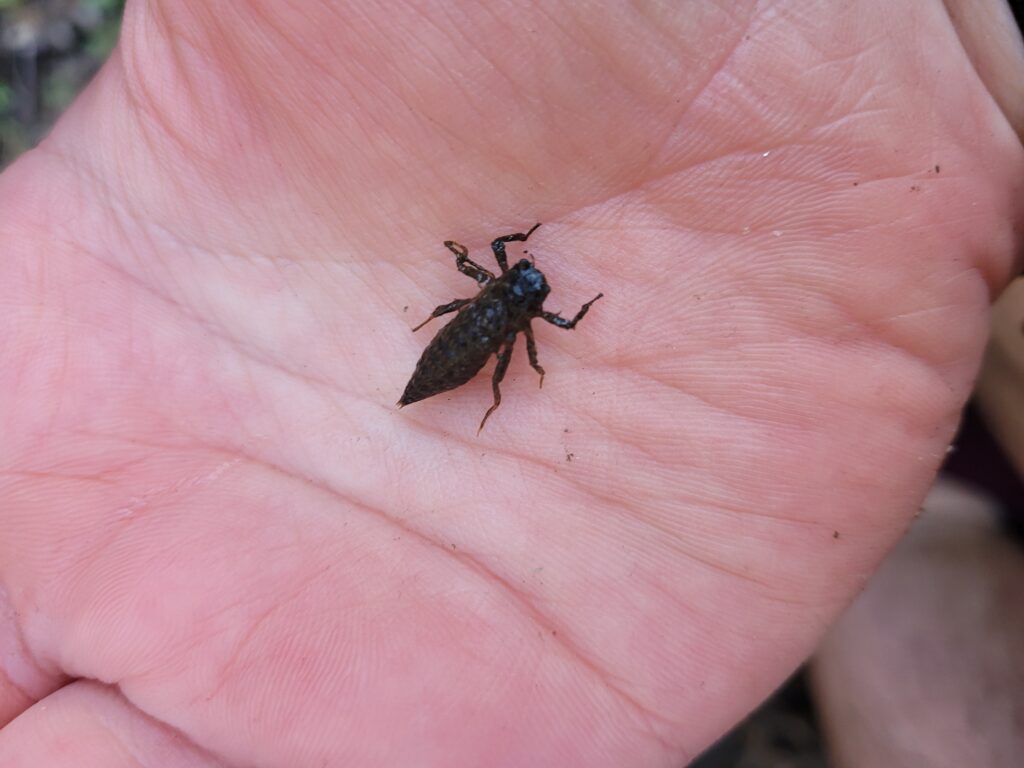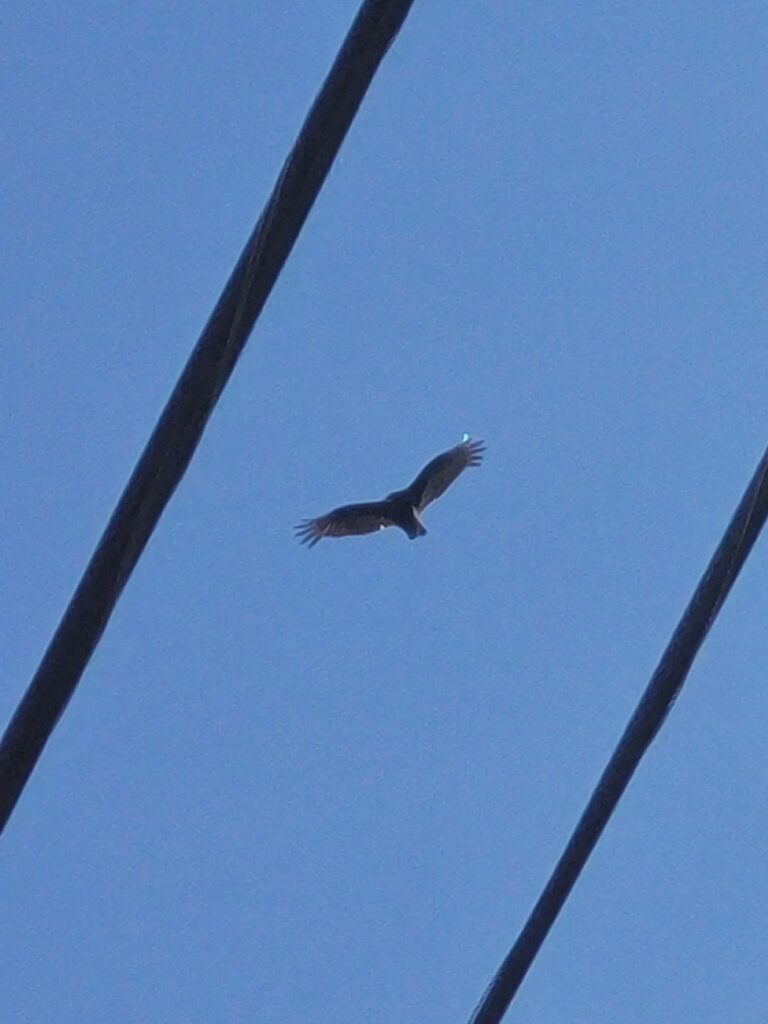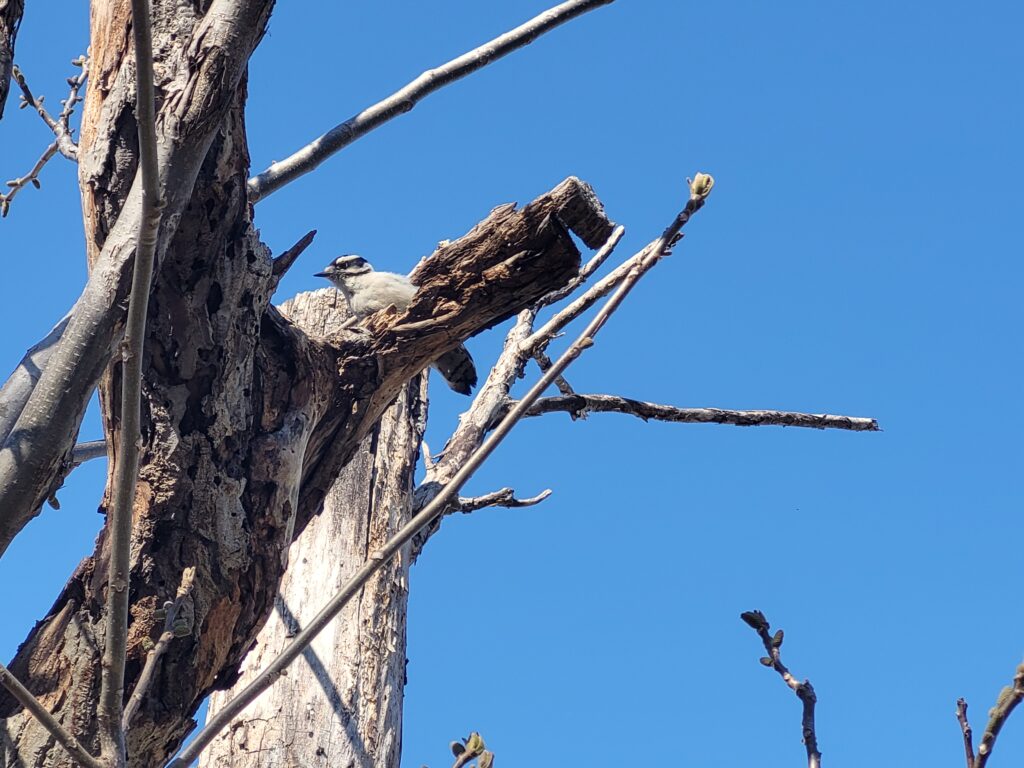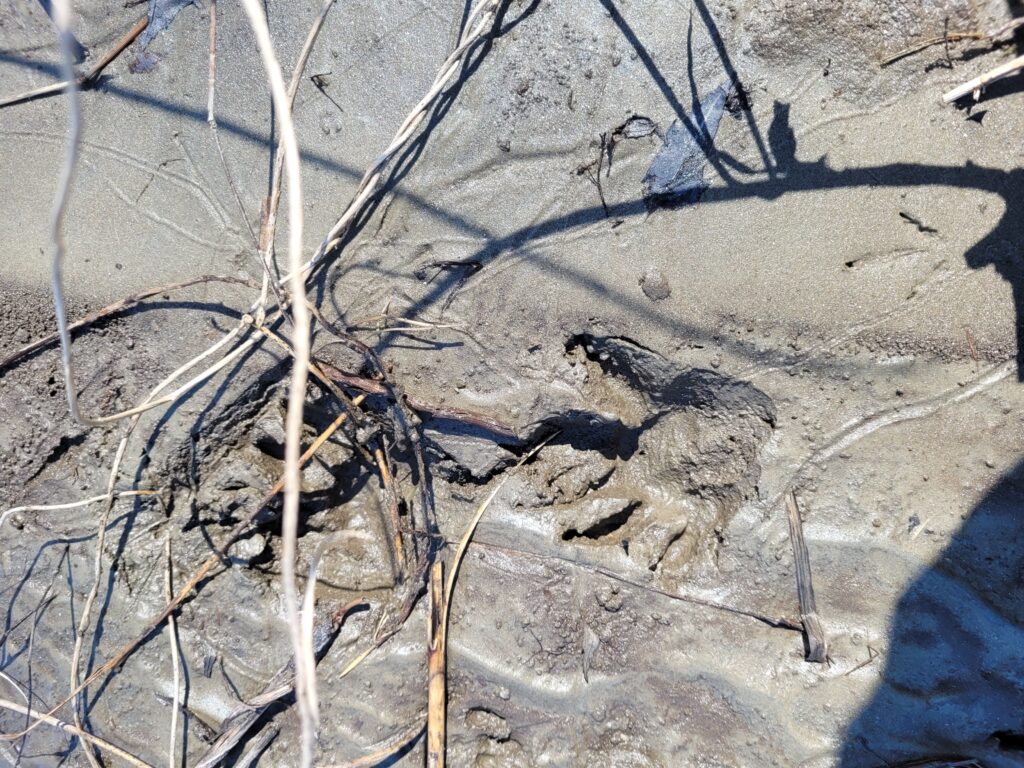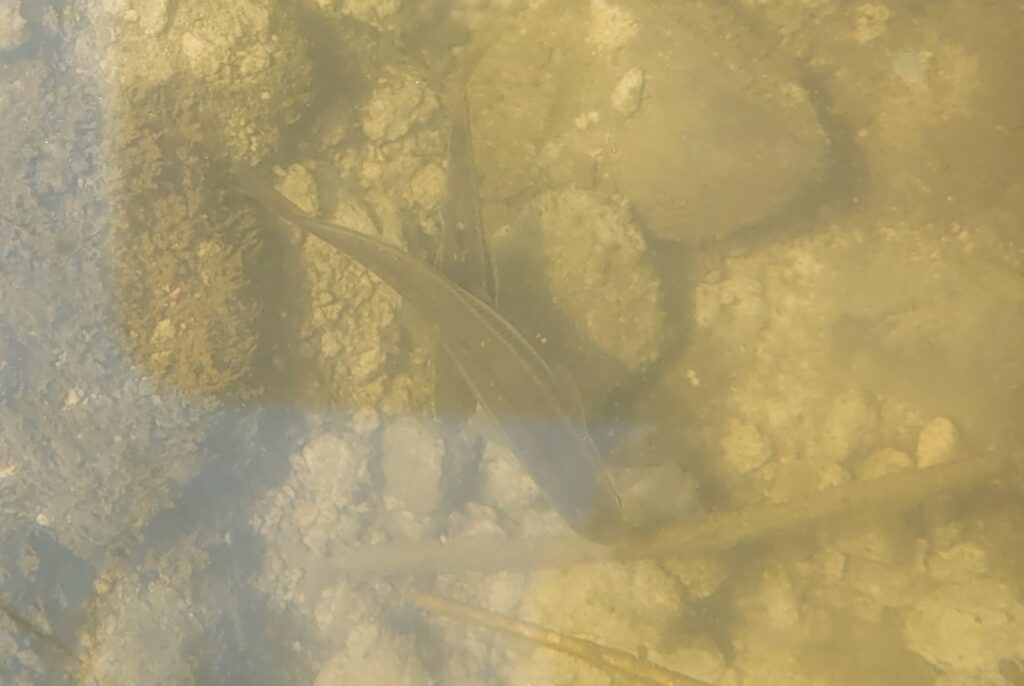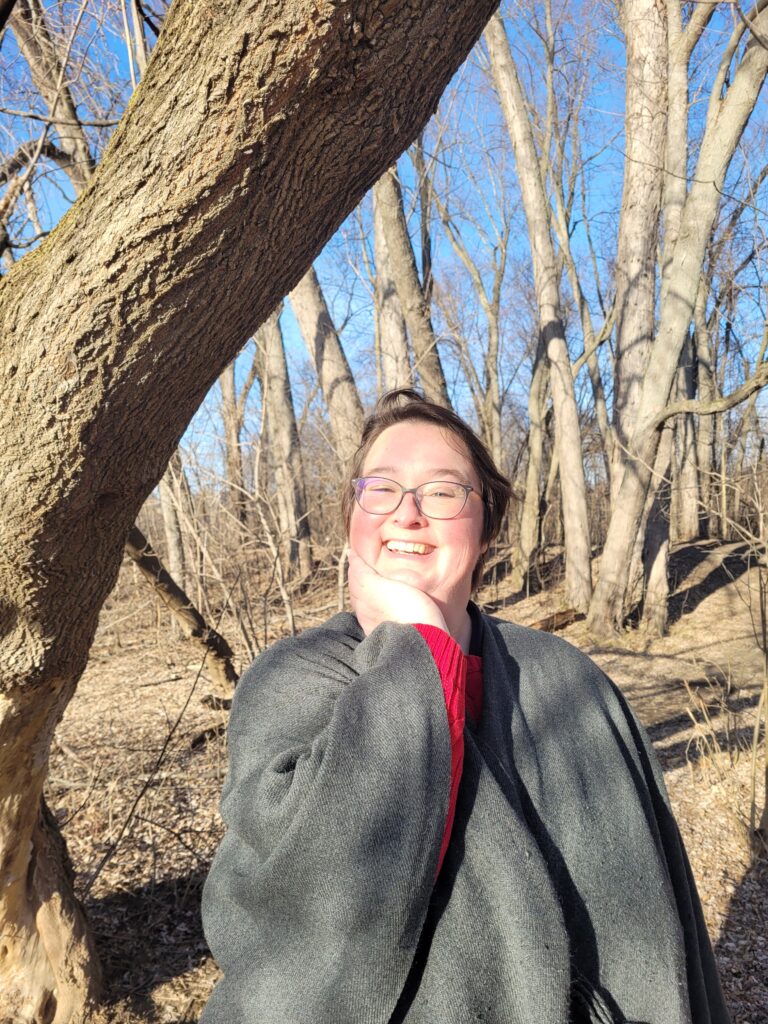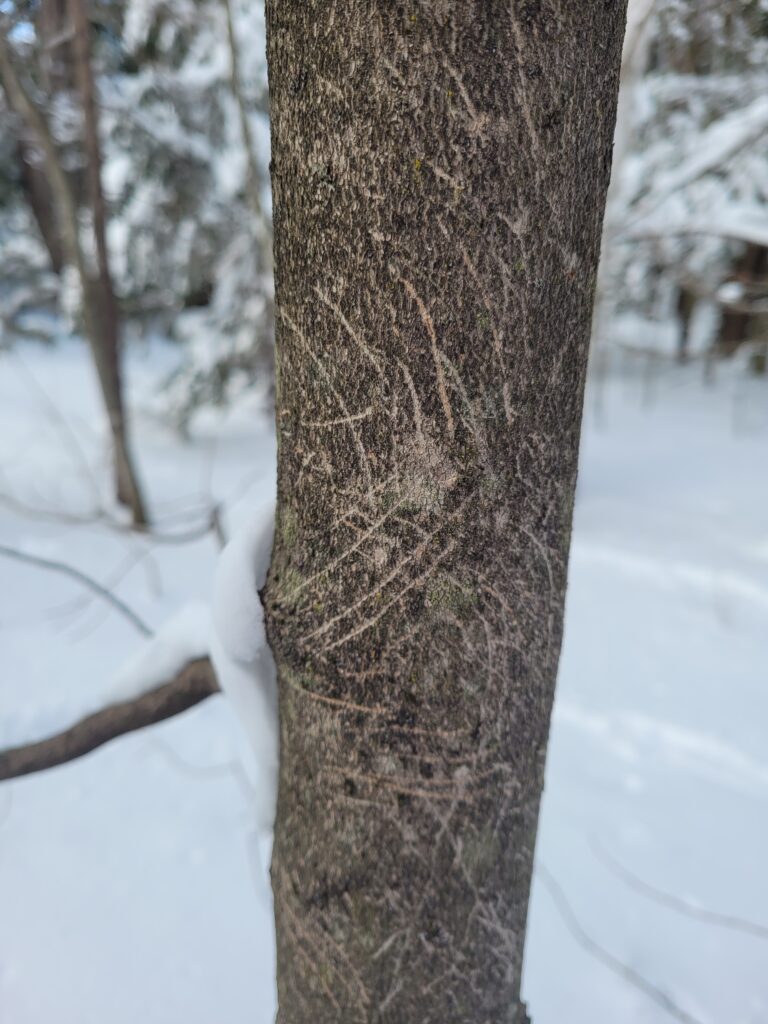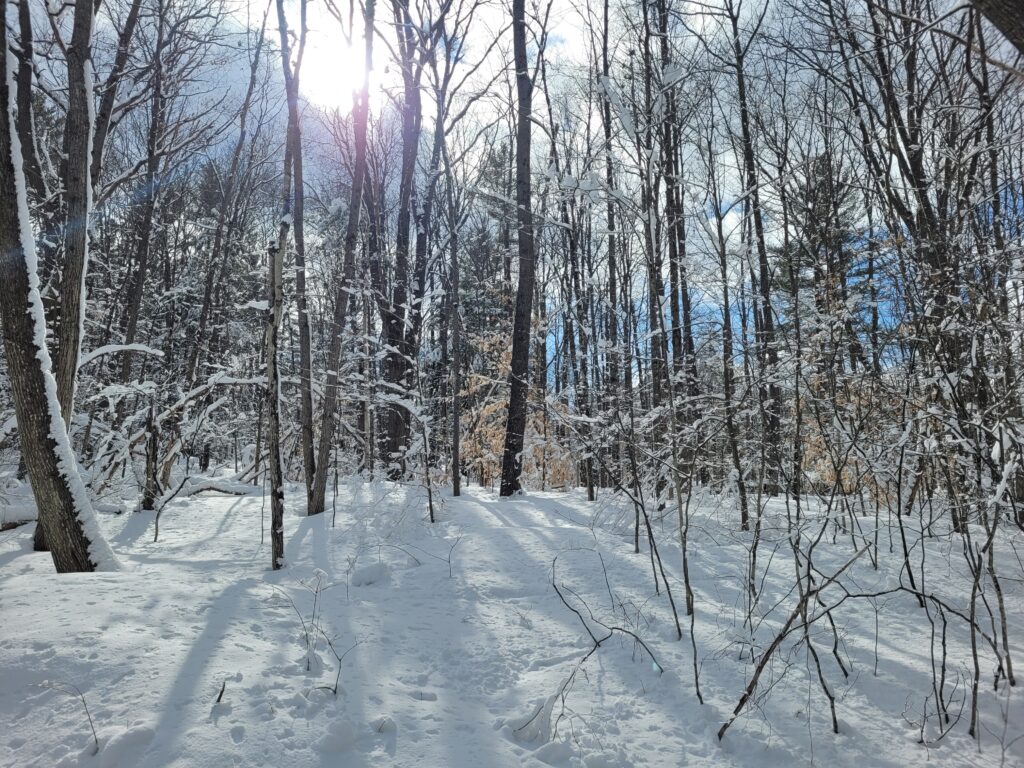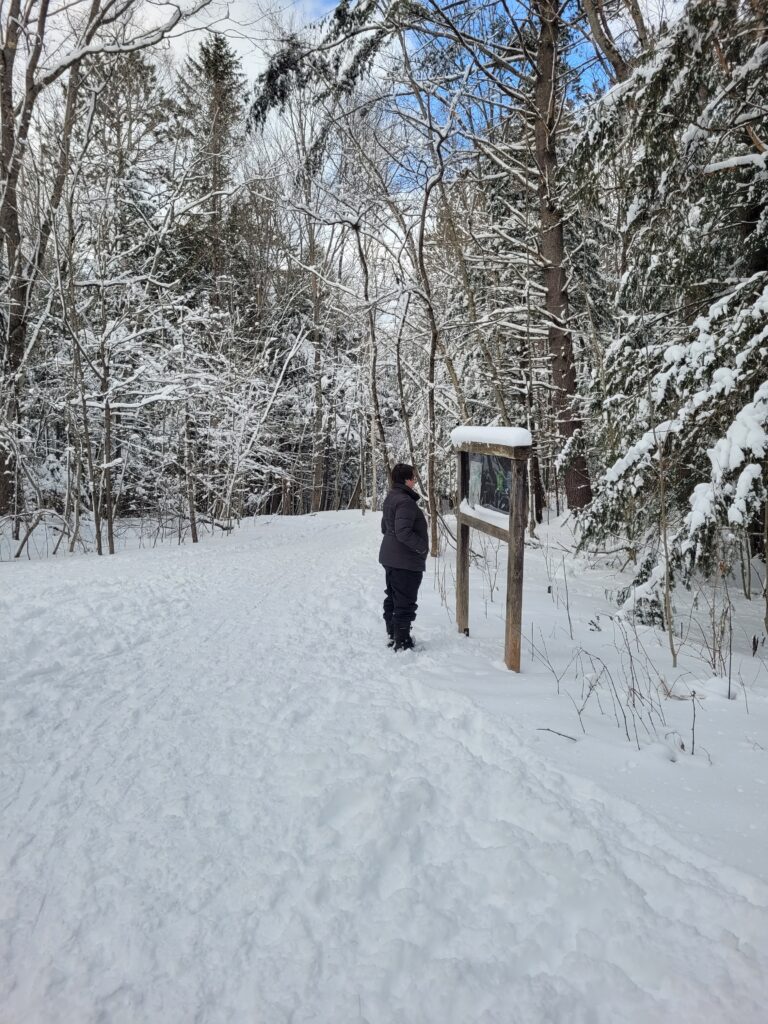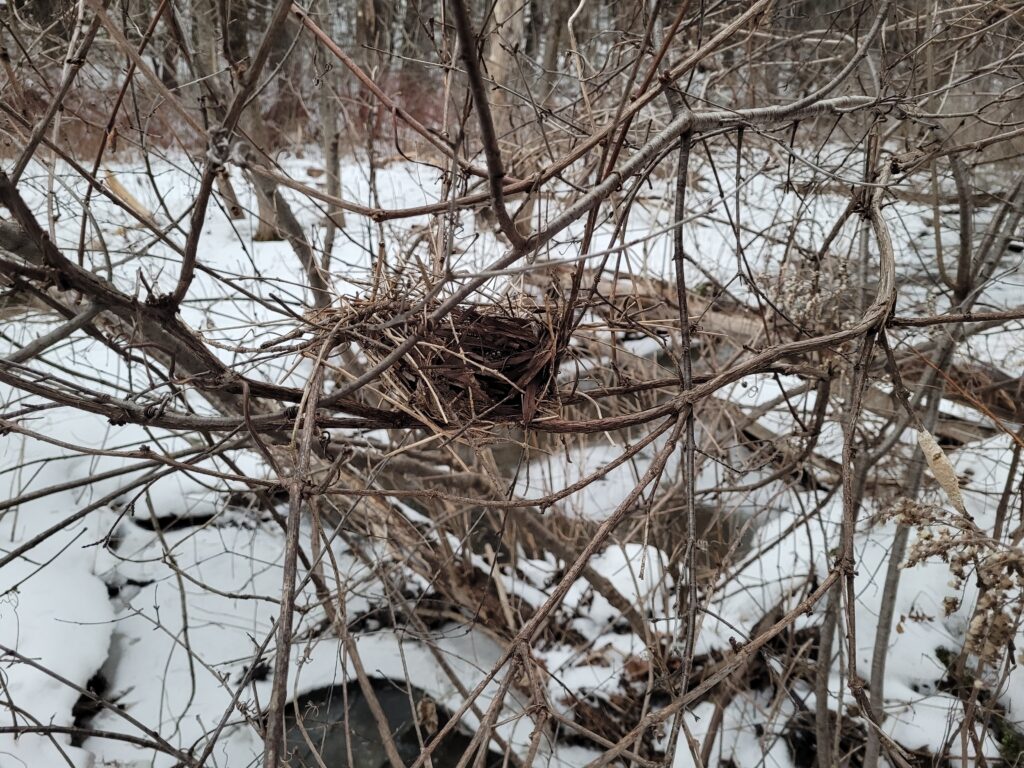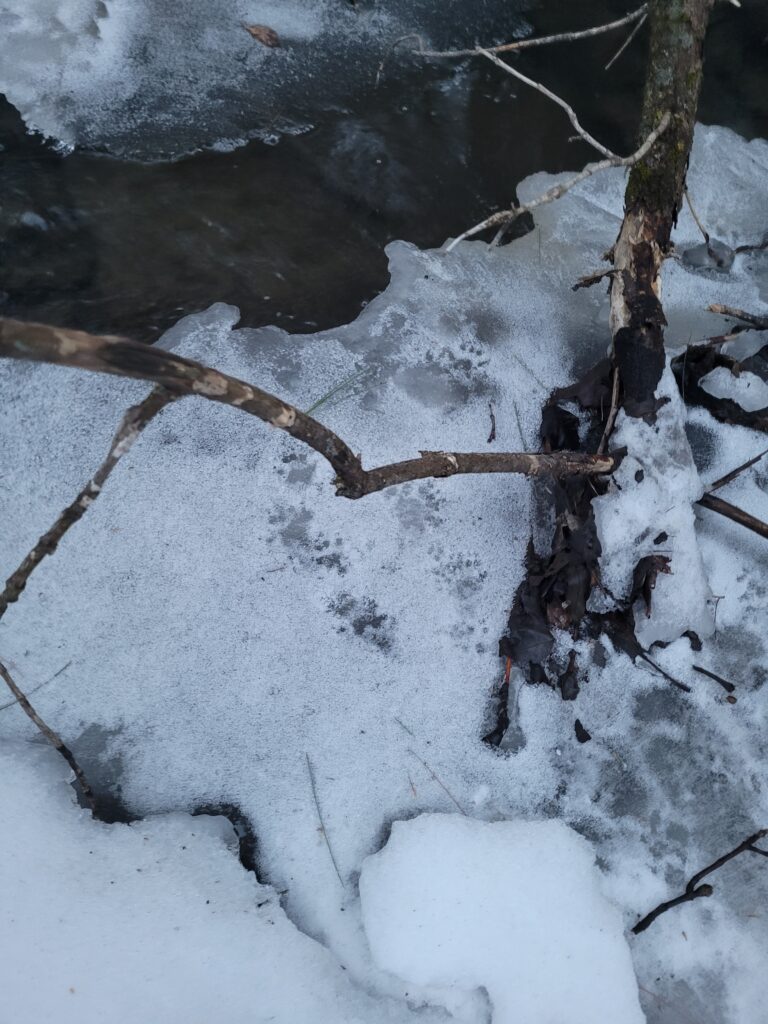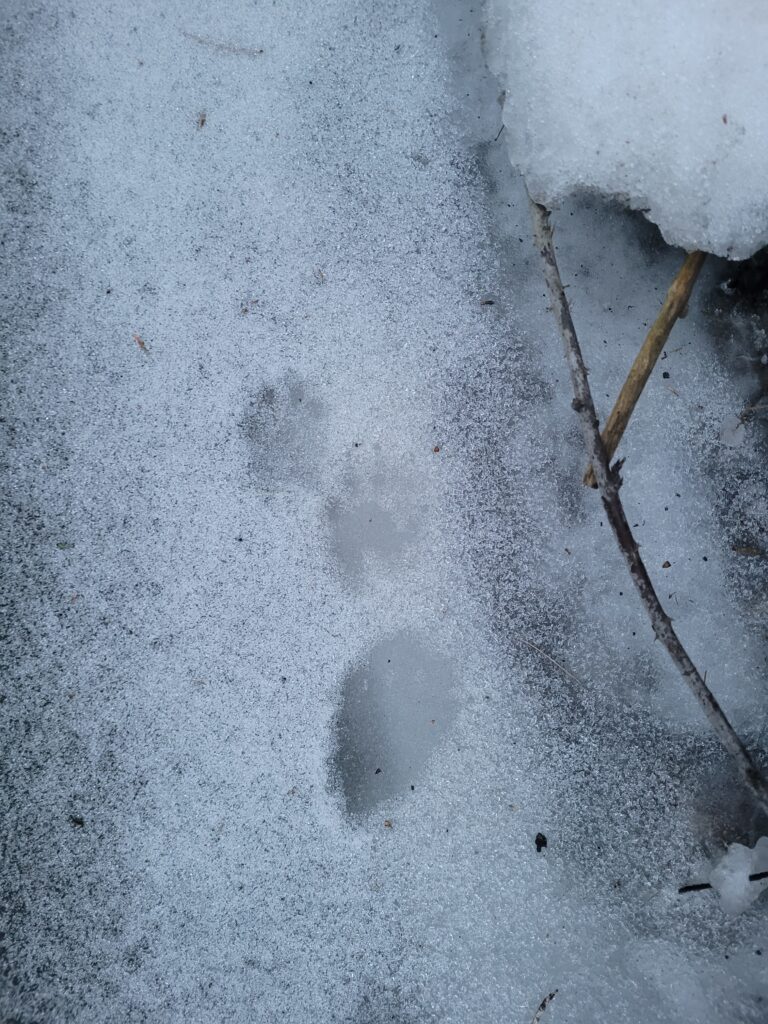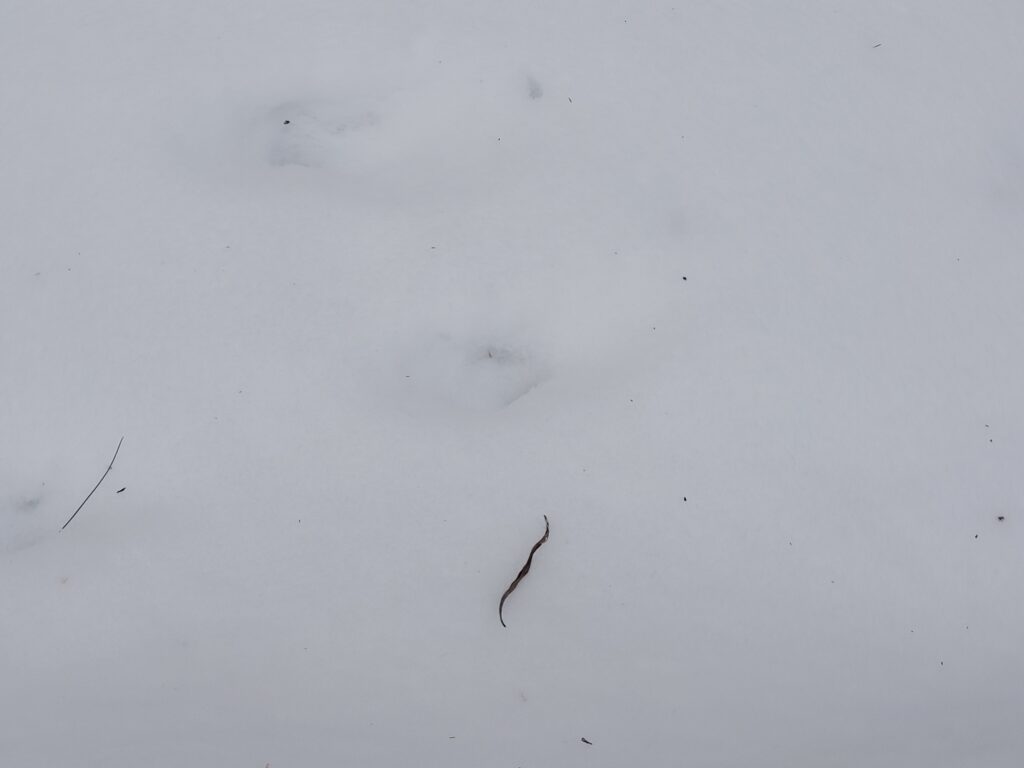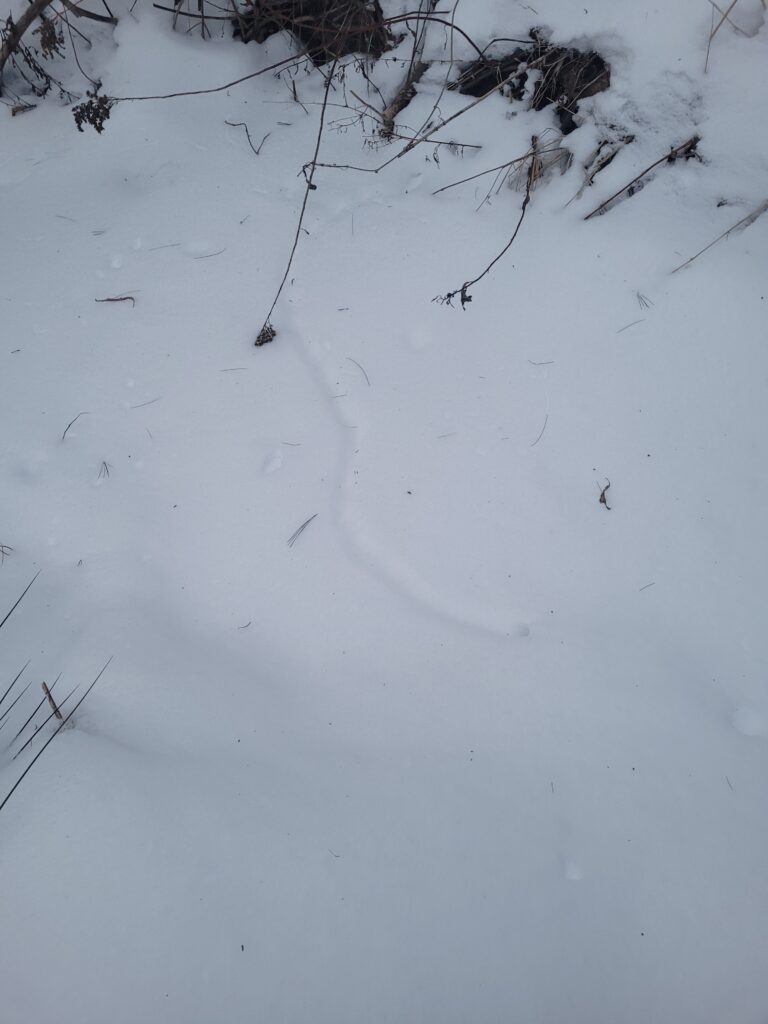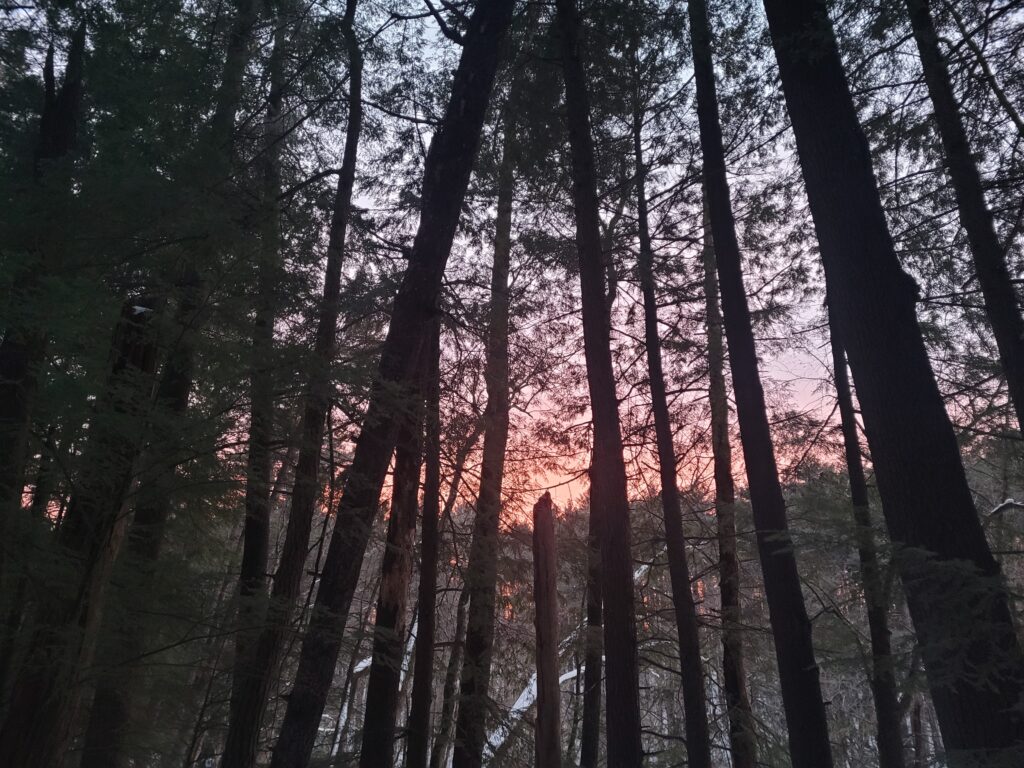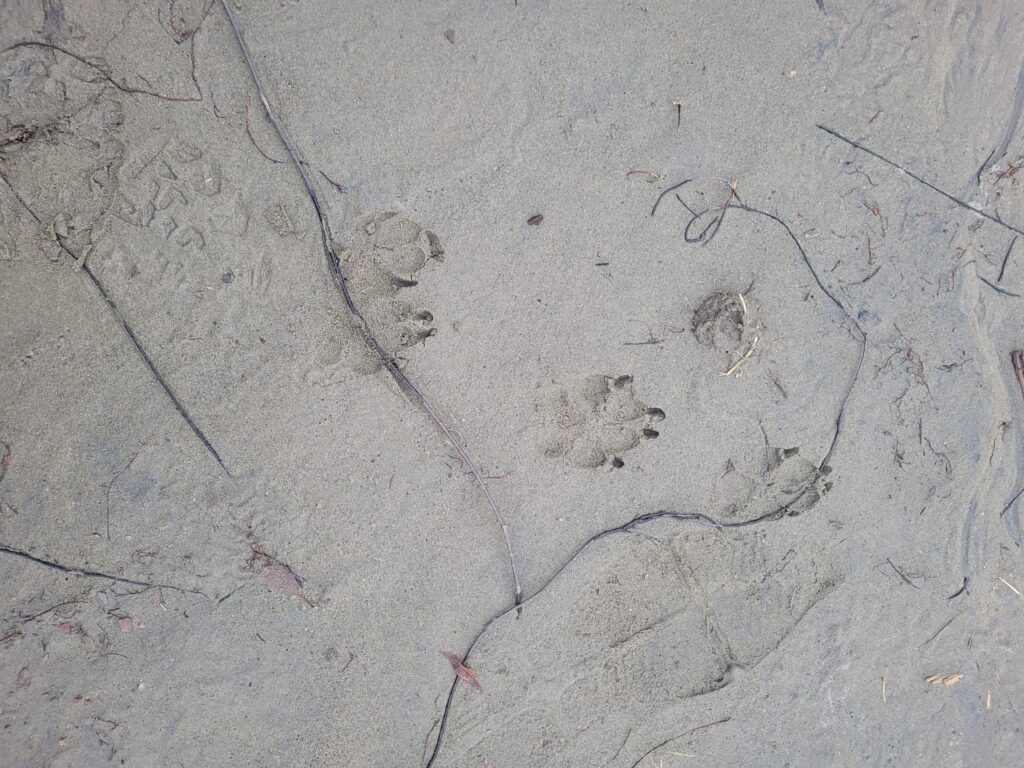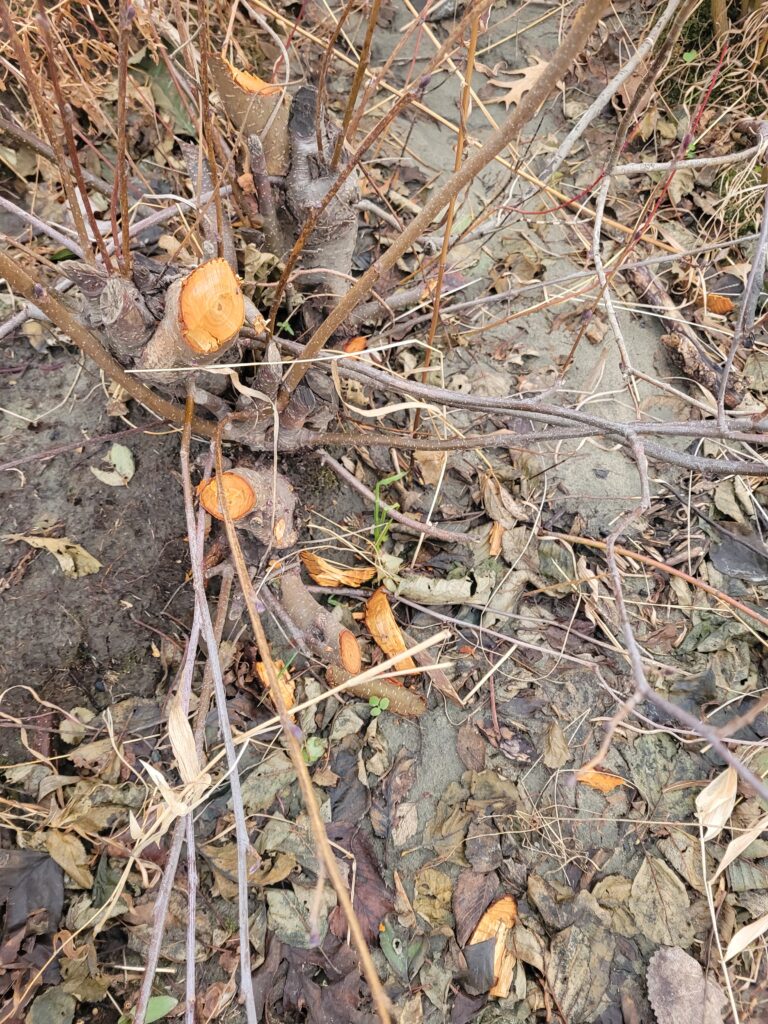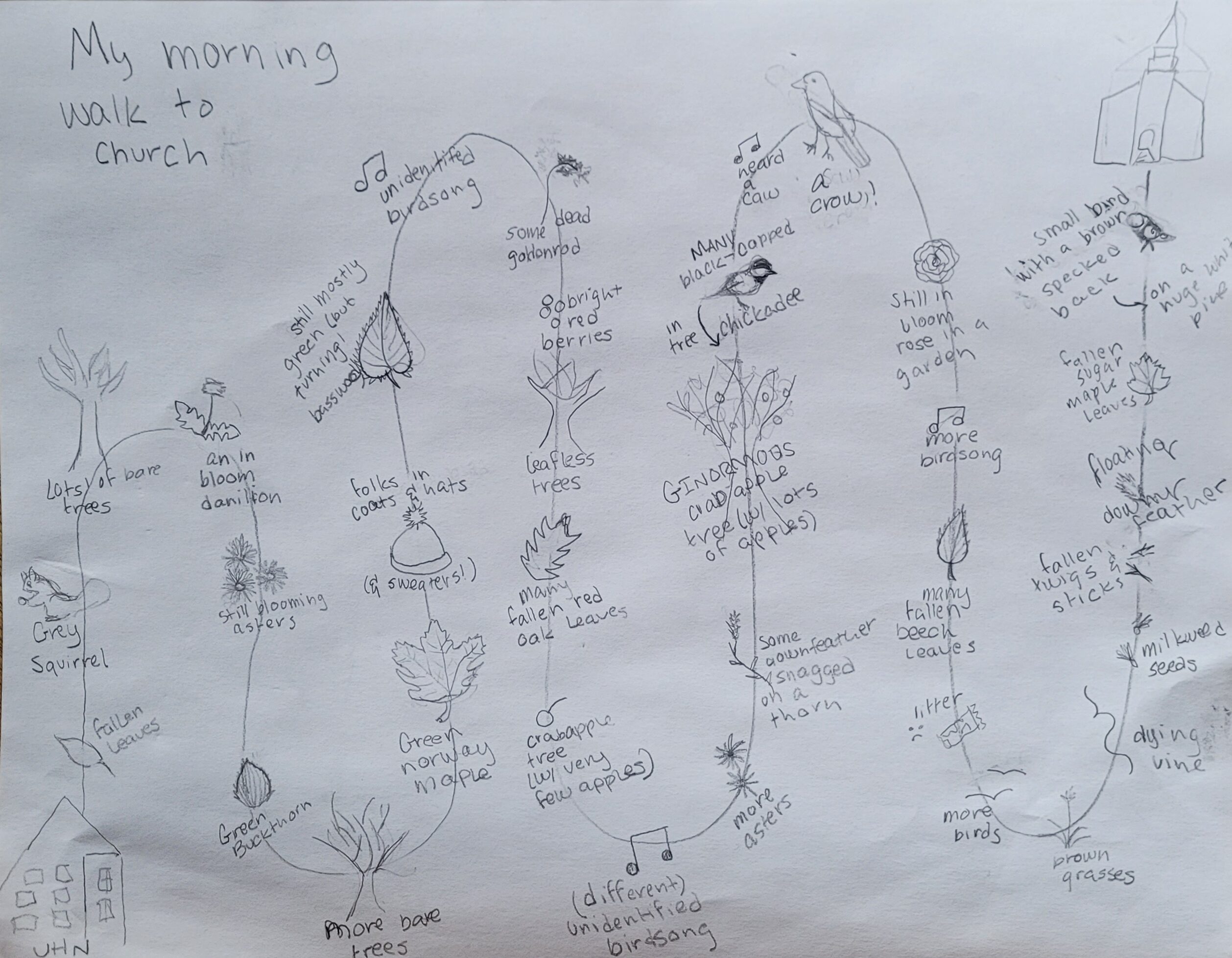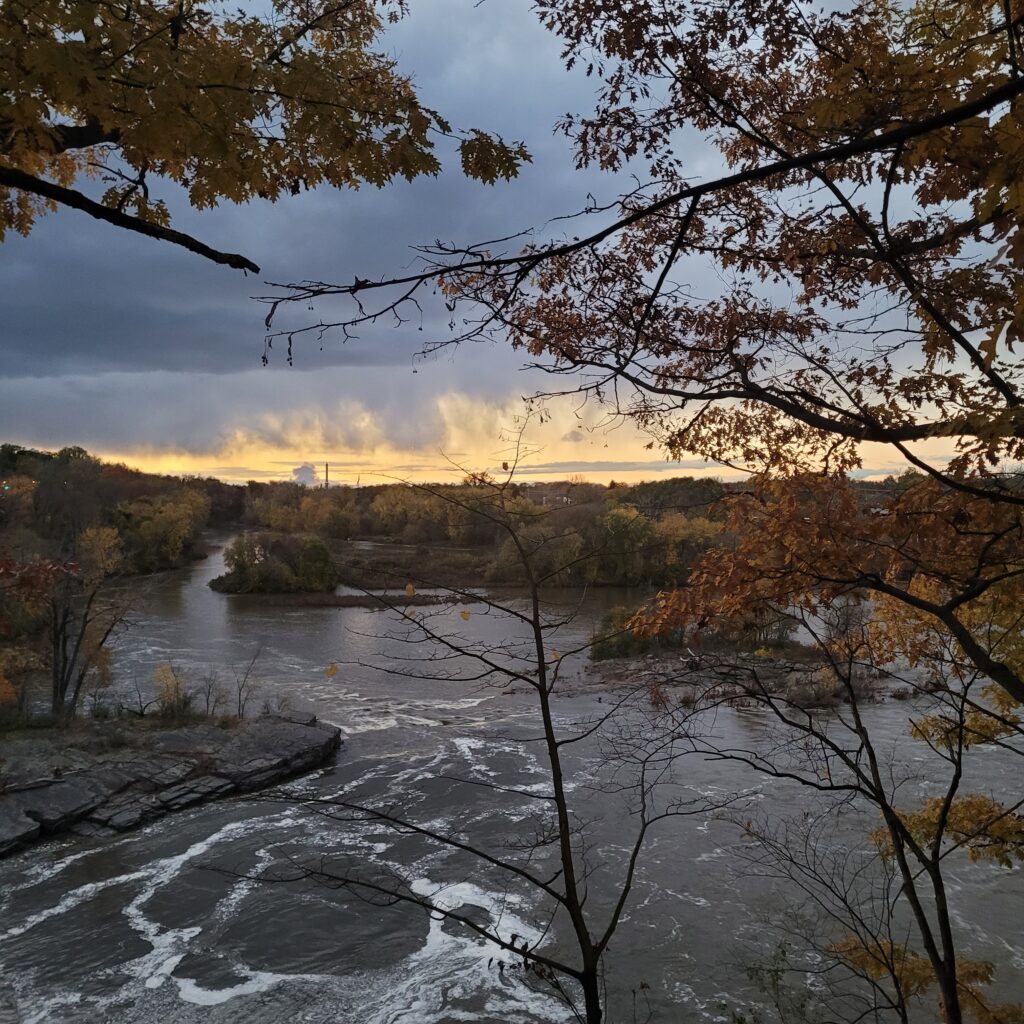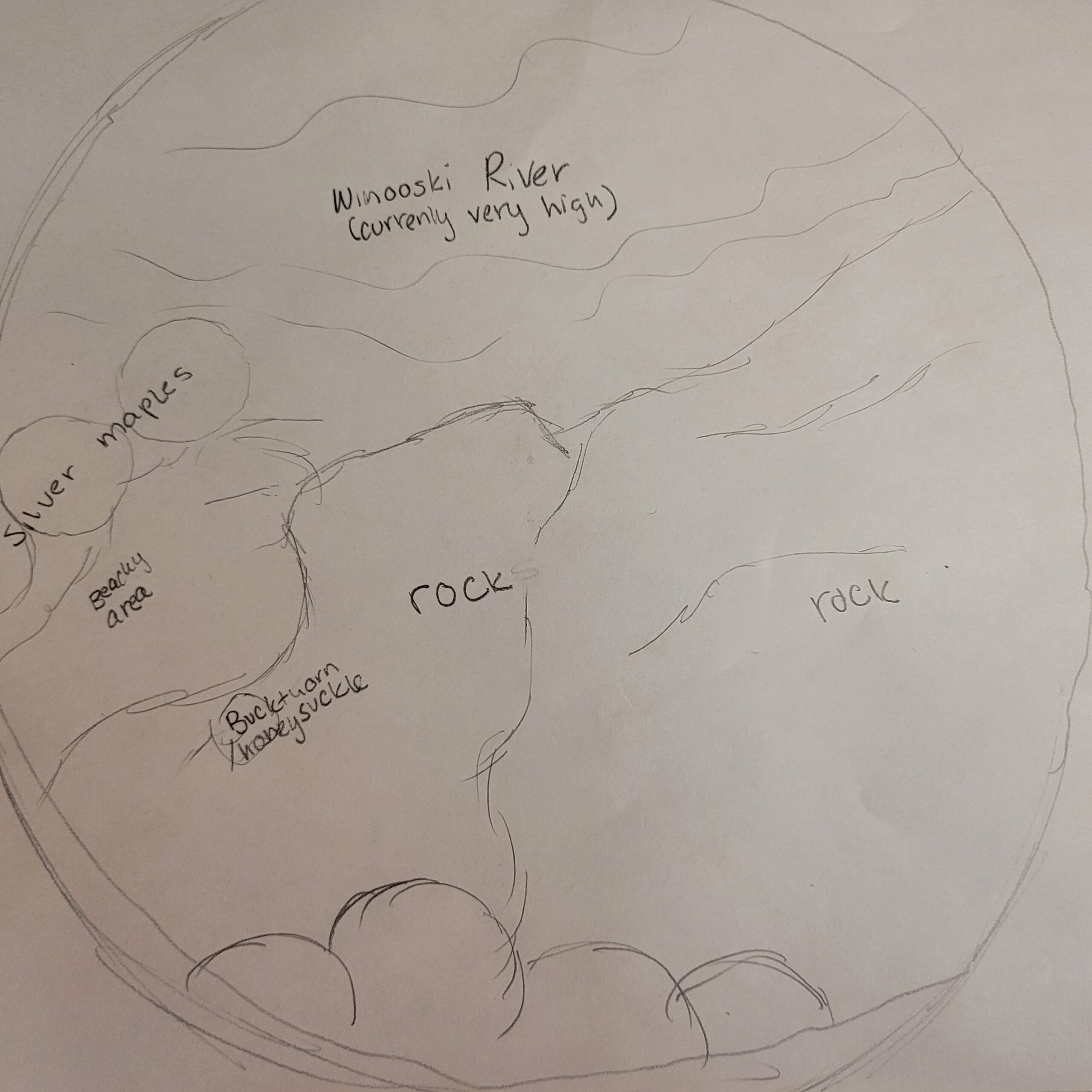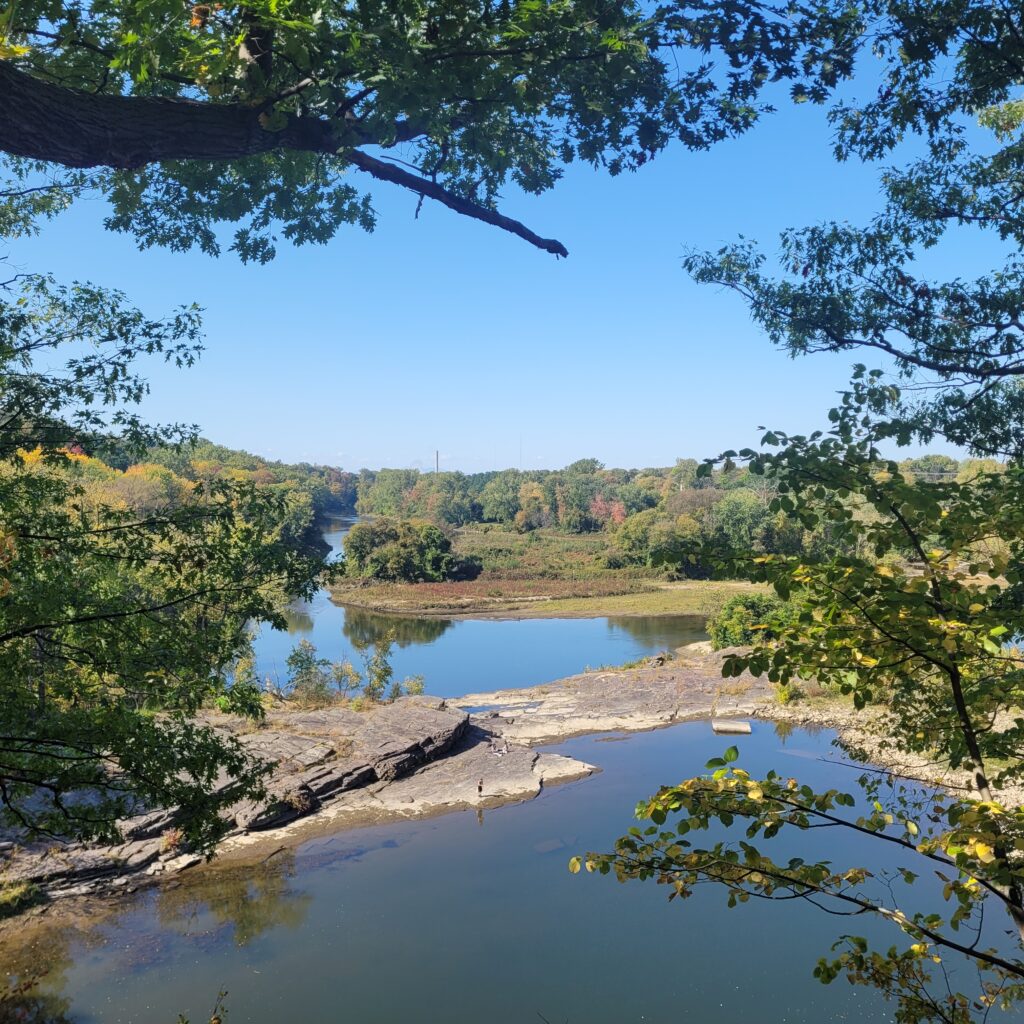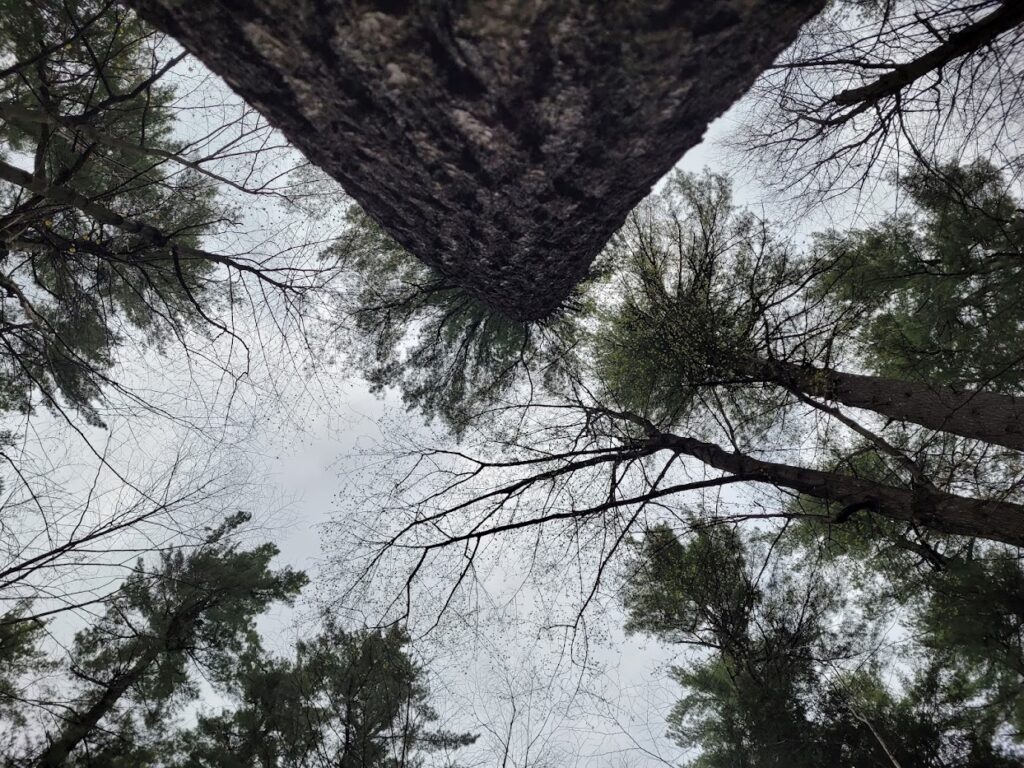
The time has finally come to say goodbye to my phenology site. I have to say, I was really glad for the shorter walk to my site this semester, but I think I probably should have stuck with salmon hole. I don’t think I really got to see the overall cycle of change in centennial or salmon hole and that was a little sad for me. I think because of this, I don’t feel as deep of a connection to my site as I wish I could have, though I think it probably would have gotten there if I went more unprompted.
I could see the change from my last visit, the trees were blooming, I could hear woodpeckers and other birds, a tick landed on me (gross!), but I still didn’t feel as deep of a connection.
I think that centennial woods is such a cool place to have a site though. I think that it really reflects the history of the natural arc of Vermont. With so many white pines, it’s pretty clearly an early successional forest, and looking into the history one can learn that it was agriculture, then outdoor education for UVM before becoming a forest again. But now it’s a natural wooded area again, and it’s one of the biggest in BTV. I think that it’s super cool how it provides recreation and such an important habitat for wildlife in the city as well.
